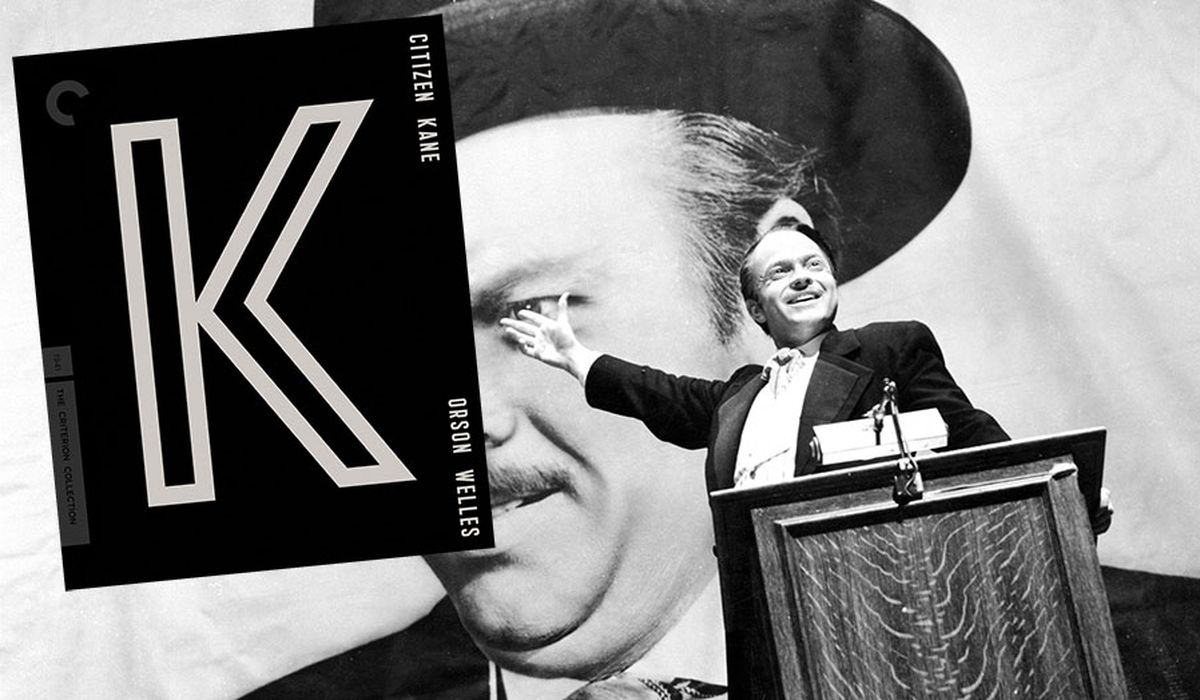
Preeminent cinema auteur Orson Welles‘ 1941, black-and-white masterpiece debuts on ultra-high definition for the first time packed with a film history seminar’s worth of extras in Citizen Kane (Criterion, not rated, 1.37:1 aspect ratio, 119 minutes, $59.95).
This kind of, sort of fictional expose of newspaper tycoon William Randolph Hearst came to light through Welles‘ portrayal of Charles Foster Kane, a man obsessed with power, control and a crushing desire to be loved at any cost.
Despite arriving to critical acclaim, mixing a documentary style as well as flash forwards and flashbacks in a nonlinear story, the movie was a box office dud. Hearst blacklisted the film in his numerous newspapers, not even allowing standard theater listings on his pages, and ultimately damaged Welles‘ burgeoning career.
“Citizen Kane” featured the Academy Award-winning screenplay of Herman J. Mankiewicz (with a complicated co-writing credit to Welles) and plenty of Welles‘ Mercury Theater castmates including Joseph Cotten as Kane‘s best friend Jedediah Leland, Agnes Moorehead as Kane‘s mother Mary, Everett Sloane as his fiercely loyal business associate Mr. Bernstein and William Allman as the reporter investigating Kane‘s life.
Suffice it to report, the classic helped redefine the parameters of cinema and has been consistently called one of the greatest movies ever made.
4K in action: With the original 35mm original negative gone, Criterion digitized the movie to 16-bit, 4K resolution sourcing the 35mm nitrate composite fine-grain master and 35mm negative duplicate to assemble the best-looking version of “Citizen Kane” released in any format.
The result is an impeccable devotion to faithfully displaying cinematographer Gregg Toland’s high-contrast scenes that took advantage of the use of shadows in the finest of German expressionism and mesmerizing deep-focus camera choices.
The meticulous restoration presents a new clarity and the purest of blacks, whites and grays that spotlight such moments as the reflection of Mr. Bernstein on a desktop’s glass surface; the deep focus of a young Kane playing in the snow outside of a cabin while parents equally crisp in the foreground argue his fate; and the expansive compound of Xanadu with humans moving through its never-ending halls and staircase or resting near a massive fireplace mantle.
Best extras: The four-disc set comes housed in a case that opens into a cardboard cross with portraits of Kane through his life on each stem.
It includes a 4K and high definition version of the film with bonus content spread over all of the discs mixing brand new goodies with extras from the Warner Bros. 2011 Ultimate Collector’s Edition and the Criterion laserdisc release from 1990.
Viewers should begin with the chance to watch the film three more times but with separate commentary tracks.
Vintage solo tracks from 2002, both equally informative and entertaining, offer either film critic extraordinaire Roger Ebert tackling the finer points of the production down to the nuts and bolts; or famed director, friend and devotee of Welles‘ Peter Bogdanovich with a more pointed take, much less to say, but equally focused production detail.
New to the set is a track with a pair of Welles historians James Naremore and Jonathan Rosenbaum. It finds the boys spending too much time discussing whether the film was made to appeal to conservatives or liberals or both and tapping into modern political climates.
Next, continue the exploration with a rare, 96-minute BBC documentary on the film from 1991 boasting plenty of interviews including with RKO researcher Miriam Geiger. Geiger explains how she taught Welles the basics of filmmaking by coming up with cheat sheets for shot choices with frames of film attached next to each (examples also shown).
And, of interest, the program has an interview with film critic Pauline Kael, known for her 1971 controversial New Yorker piece “Raising Kane” about the origins of the script.
Also worth a look is a 42-minute compilation on Welles’ many television talk show appearances that has him mainly interviewed by Dick Cavett and Merv Griffin. We see parts of some of his famed card tricks, and he offers thoughts on politics and working within and around the studio system. Some segments from a Griffin show actually occurred hours before his death in 1985.
Now move onto homages to production aspects of the movies, such as Academy Award winners Craig Barron and Ben Burtt spending 28 minutes covering the visual and sound effects; and 16 minutes with cinematographers such as multiple Academy Award winner Haskell Wexler discussing Toland’s work.
Under pure education, look to film historian Farran Smith Nehme diving into the battle between Hearst and Welles (24 minutes) and associate professor of film at Columbia University Racquel J. Gates discussing how she covers “Citizen Kane” in her classes (16 minutes).
Under the area of “including the kitchen sink,” viewers get a look at the various prosthetic noses that Welles used in his roles (he despised his proboscis); Mercury Theater’s original radio broadcasts from 1938 of “Heart of Darkness” and “Dracula”; and Welles‘ first film, the silent “The Hearts of Age,” shot at a boys school when he was 19 years old.
By the way, I’m leaving out at least another hour’s worth of interviews and speeches from cast and crew that are worth enjoying.
Let’s also mention the package that contains a 44-page booklet peppered with black-and-white stills and featuring the new essay “The Once and Future Kane” from film critic Bilge Ebiri along with a brief overview of the restoration.
The treasure trove of extras is only missing the nearly two-hour-long 1996 PBS, Academy Award-nominated documentary “The Battle Over Citizen Kane,” but viewers will hardly notice, being exhausted with the current virtual course study.








